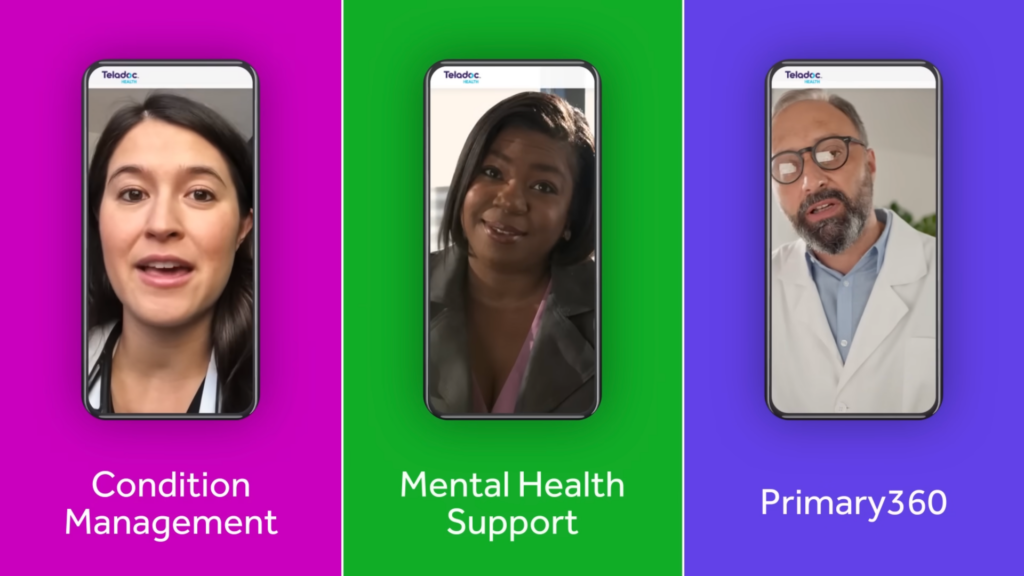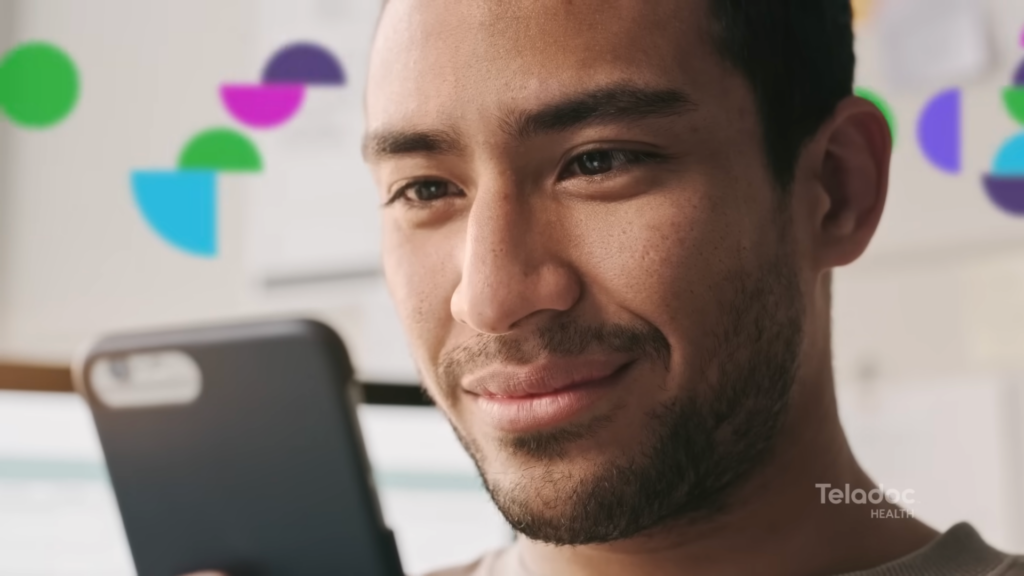Consumerization of Health Series: New Ways to Connect and Provide Health (ed.#2)
The healthcare landscape is witnessing a fundamental transformation in the patient-doctor relationship and the delivery of health services.
Gone are the days of unquestioned medical authority; a more collaborative dynamic is emerging where patients are empowered to take a more active role in their health. This revolution is largely fueled by technology, reshaping how patients access information and interact with their healthcare providers.
The age of medical paternalism is receding as patients increasingly view themselves as active partners in decision-making. This shift is driven by greater access to medical information and patients’ increasing desire for autonomy.
This transformation empowers patients to arrive at appointments with informed questions and preferences, fostering a more collaborative approach to their healthcare.
Innovative approaches prioritizing convenience, flexibility, and patient empowerment challenge rigid models centered around in-person doctor visits.

From the rise of retail clinics and on-demand care facilities to telehealth consultations, at-home diagnostics, remote monitoring, and AI-powered triage tools, we witness huge changes in the healthcare landscape regarding how health is delivered.
These advancements promise expanded access for underserved populations, improved affordability, and – in some cases – a more personalized patient experience.
Technology serves as a powerful facilitator in this evolving dynamic. Patient portals, secure messaging, and telehealth appointments create ongoing communication channels beyond the confines of the doctor’s office. This enhanced connectivity enables more convenient and timely interactions, strengthening the patient-doctor relationship.
Wearables and health apps are changing how doctors understand their patients. Instead of relying solely on periodic office visits, they now have access to a continuous stream of real-time health data.
This wealth of information allows for more personalized and informed care plans tailored to patient’s unique needs and patterns.

Case 1
Every Part of You is Connected (Teladoc)
Teladoc's Holistic Care with the Patient in Control: how Teladoc Empowers Patients
Brief Description
The “Every part of you is connected” advert by Teladoc Health emphasizes the need for holistic healthcare, where physical and mental well-being are intertwined. Teladoc Health facilitates this holistic approach by offering accessible online and phone-based healthcare services.
These services range from virtual doctor consultations to mental health support and chronic condition management.
The advert suggests that by making healthcare more accessible, Teladoc Health empowers people to take charge of their overall health and live healthier lives.
Why is it significant?
The advert signifies a shift towards holistic healthcare, emphasizing the interconnectedness of mind and body.
The advert also highlights the convenience of having a doctor always in and the potential cost savings compared to traditional healthcare models.
Overall, it champions a more inclusive and patient-centered approach to health.
Case 2
The Moments that Matter, Minute Clinic (US)
CVS and the Power of Human-Centered Healthcare
Brief Description
This campaign shows a mother at home having a telemedicine appointment to check her throat and being able to skip a clinic appointment to gain more quality time with her young child. It emphasizes how CVS Minute Clinic puts convenient care within reach.
From at-home telehealth consultations to affordable, nearby clinics when you need them, CVS makes healthcare work for customers’ schedules and budgets.
Why is it significant?
This case highlights a few key trends in pharmaceutical marketing:
A shift from Product to Patient: The ad focuses on patients’ emotional experiences, aligning them with health and well-being values. This patient-centric approach resonates more strongly with modern consumers.
Importance of Branding: The ad does not have a hard-selling approach. Instead, it aims to present the convenience of telehealth and build a positive association with the consumers. By linking themselves with ideas of empathy, health, and support, CVS fosters long-term trust.
Power of Emotional Storytelling: this ad uses slices-of-life scenes of a kid playing while the mother is consulting to evoke an emotional response and promote identification, creating a deeper connection with viewers.
Case 3
Starting to get it together, Talkspace (US)
Revolutionizing Access to Mental Health Support
Brief Description
The Talkspace “Starting to get it together” ad campaign features a relatable individual struggling with commitment issues in relationships and their career who acknowledged the need for support but has hesitated in the past.
The ad cleverly highlights how Talkspace breaks down traditional barriers to mental healthcare. The convenience of texting and live sessions with a therapist offers flexibility and removes the intimidation of in-person visits.
Additionally, Talkspace’s insurance coverage and accessible pricing mean getting professional help is no longer financially out of reach.
The individual’s realization that “my first reaction usually isn’t my best reaction” signals therapy’s positive impact on their self-awareness, a crucial first step towards better mental health.
Why is it significant?
The Talkspace campaign showcases the power of addressing practical and emotional barriers in healthcare marketing.
It demonstrates that acknowledging people’s challenges – cost, stigma, or lack of convenient access – can foster trust. It offers solutions that empower patients and improve their quality of life.
This approach leads to more impactful, patient-centric messaging.
Key Takeaways:
our cut ABBOVE
We saw
– Healthcare Goes Hybrid: technology is blurring the lines between traditional in-person and virtual care options. Patients can now engage through in-office visits, telehealth appointments, remote monitoring, and AI-powered chatbots for triage and support. This hybrid model emphasizes flexibility and personalization for patients.
– Transformation of the Doctor’s Role: doctors are increasingly shifting towards being guides and interpreters of information, working with patients to develop personalized care plans. This requires strong communication skills, managing expectations, and embracing a more collaborative approach.
– Rise of the Informed Patient: the internet and access to online resources have given patients a wealth of information. While not always expert-vetted, this has led to patients arriving at appointments with more in-depth questions, self-diagnoses, and a desire to discuss treatment options collaboratively.
– Focus on Holistic Health: ads like Teladoc emphasize the interconnectedness of physical and mental well-being, moving away from isolated treatment of symptoms.
– Prioritizing Patient Experience: campaigns like CVS Minute Clinic and Talkspace highlight convenience, accessibility, and flexibility for healthcare, addressing common pain points for patients.
We learned that
– Patients Want Partnership: the shift away from medical paternalism to partnership shows patients increasingly see themselves as active decision-makers in their health.
– Convenience is King: on-demand options, flexible communication, and time-saving solutions are highly attractive to consumers.
– Emotional Connection Matters: ads with relatable storylines resonate more strongly, emphasizing empathy and understanding of patient needs.
– Accessibility is Multi-faceted: affordability, removing stigma (particularly around mental health), and addressing the ‘digital divide’ are all crucial for inclusive healthcare.
This encourages us
– Embrace patient-centricity, which puts the patient experience at the heart of all messaging and addresses practical and emotional needs.
– Tell compelling stories: use relatable narratives to show the transformative impact of solutions on everyday lives.
– Champion Accessibility: highlight affordability, fight stigma, and consider technological inclusivity in your outreach strategies.
– Showcase Technology as Empowering: position tech solutions as tools that enhance the doctor-patient partnership, leading to better-informed care and outcomes.
– Think Beyond the Product: focus on the broader value your brand brings to patients’ lives, promoting health and well-being in a holistic sense.
Triggers for innovating
How about we develop training or resources for physicians to enhance their communication skills for collaborative care planning?
What if we create tools that translate complex medical data into patient-friendly visualizations or summaries to facilitate easier shared decision-making?
How might we design education materials that are as engaging and accessible as the health content patients encounter on social media?
What if we create “virtual coaches” or AI-supported programs that help patients track symptoms, manage chronic conditions, and navigate treatment plans in a personalized way?
How can we create patient communities (online or hybrid) where they can connect, share experiences, and learn from each other in a moderated, safe space?
What if we partnered with tech companies to develop wearables or home monitoring devices explicitly catering to patients with certain chronic conditions?
How can we help fight stigma and misinformation by partnering with mental health influencers and focusing campaigns on normalizing seeking support?
How might we make enrolling in clinical trials more transparent and patient-friendly using technology?
What if we address the digital divide by developing outreach solutions that meet the needs of less tech-savvy populations?
ABBOVE TEAM